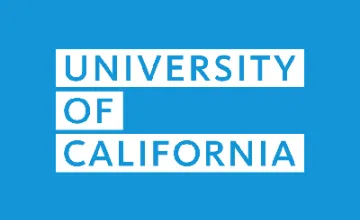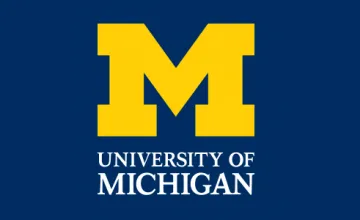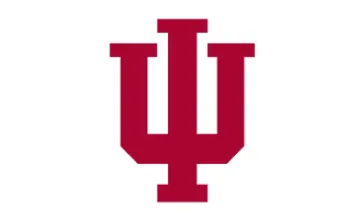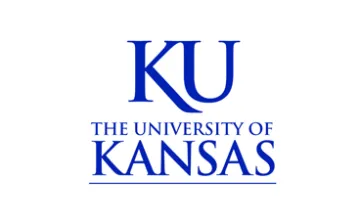Section 3 discusses the broader AAU STEM Network and highlights additional institutional commitments to advancing the goals of the Initiative.
Since the start of its Undergraduate STEM Education Initiative, AAU’s objective has been to include as many member universities as possible in activities that improve undergraduate STEM teaching and learning.
The high levels of interest in the Initiative — for example, AAU received concept papers from 31 universities to become project sites but had the ability to seed-fund only eight — revealed the potential for a great deal of action. To further leverage the national impact of the Initiative, AAU believed that all member institutions should have the opportunity to engage. Moreover, other national examples demonstrate the effectiveness of networks and learning communities in spreading innovative practices in STEM education.
At the time of evaluating concept papers and selecting project sites, AAU took steps to encourage all member universities to continue to participate in the Initiative. First, AAU developed a transparent evaluation process for concept papers, and took care to ensure the project sites selected represented the diversity of the AAU membership in terms of institutional characteristics and the range of topics addressed by the projects. Second, before finalizing the selection of project sites, AAU announced the formation of a network and a network workshop to which all institutions were invited.
The AAU STEM Network is intended to be a collaborative network that helps to support and link AAU institutions grappling with similar challenges and barriers in reforming and improving STEM teaching and learning for undergraduate students. The network provides a forum to facilitate ongoing interaction and exchange of information and ideas, as well as to cultivate relationships among those leading reform efforts on different campuses.
The network provides a forum to facilitate ongoing interaction and exchange of information and ideas, as well as to cultivate relationships among those leading reform efforts on different campuses.
Network members share best practices and lessons learned, have access to resources, and can engage with those leading reform efforts focused on strengthening undergraduate STEM education. The network includes the primary point of contact for each campus but also includes others with various roles on campus, including administrators, faculty members, postdocs, and students.
As of 2017, 55 AAU member universities have participated in the Initiative with more than 450 unique faculty members and institutional leaders. AAU has hosted three STEM network conferences and a fourth conference is planned for Fall, 2017. These conferences have given attendees opportunities to showcase their work and learn about the work of others, discuss common themes and challenges, and build relationships across campus roles and institutions.
To support a greater number of AAU campuses, AAU will award two rounds of twelve institutional mini-grants for intra- or inter-institutional work aimed at improving undergraduate teaching of introductory STEM courses. The intent of these mini-grants is to build upon and advance prior institutional commitments and newly established efforts aimed at sustained institutional change in undergraduate STEM teaching.
Universities selected will receive $10,000 annually for a two-year grant period totaling $20,000 to support intra- or inter-institutional coordination of undergraduate STEM education reform. In addition, AAU will host a workshop for all mini-grant recipients and fund a campus visit by the AAU STEM Initiative project team to help leverage and highlight campus efforts.
The first cohort ofI mini-grants was awarded in January 2017 and went to California Institute of Technology; Cornell University; Iowa State University; Massachusetts Institute of Technology; McGill University; The University of Texas at Austin; University of California, Irvine; University of California, Los Angeles; The University of Kansas; University of Missouri Columbia; University of Virginia; and Yale University.
AAU has learned through its Initiative that grants awarded by AAU to member institutions can have powerful symbolic implications on a campus that can help it to facilitate change. By providing institutions with even modest funds, department-based efforts become an institutional priority, and individuals leading these efforts have a lever to obtain additional institutional resources.
AAU universities are engaged in multiple innovative efforts to improve undergraduate education to help all students succeed. Several similar efforts are underway across the AAU STEM Network. AAU has observed:
- Department- and college-wide innovations to undergraduate teaching are recognized as institutional priorities.
- Data infrastructures and analytics are being capitalized on to improve student learning.
- Teaching and learning centers are being redesigned to support departmental reforms.
- Departments are hiring educational experts to provide leadership for systemic improvement to undergraduate STEM courses.
- Learning spaces are being developed and re-engineered to support evidence-based pedagogy.
- Universities are addressing the critical challenge of improving the evaluation of faculty teaching.
The following STEM Network Highlights feature innovate work occurring across the network. Visit aau.edu/STEM to learn more about AAU universities’ work in STEM education.

Yale University established its Center for Teaching and Learning (CTL) in 2014 to support students, postdocs, and faculty across the campus to real


The University of Michigan’s Digital Innovation Greenhouse (DIG) exists to design and develop innovative software tools that support the improvemen

One way in which Cornell University has empowered departments to improve teaching and learning across dimensions of their undergraduate curriculum


